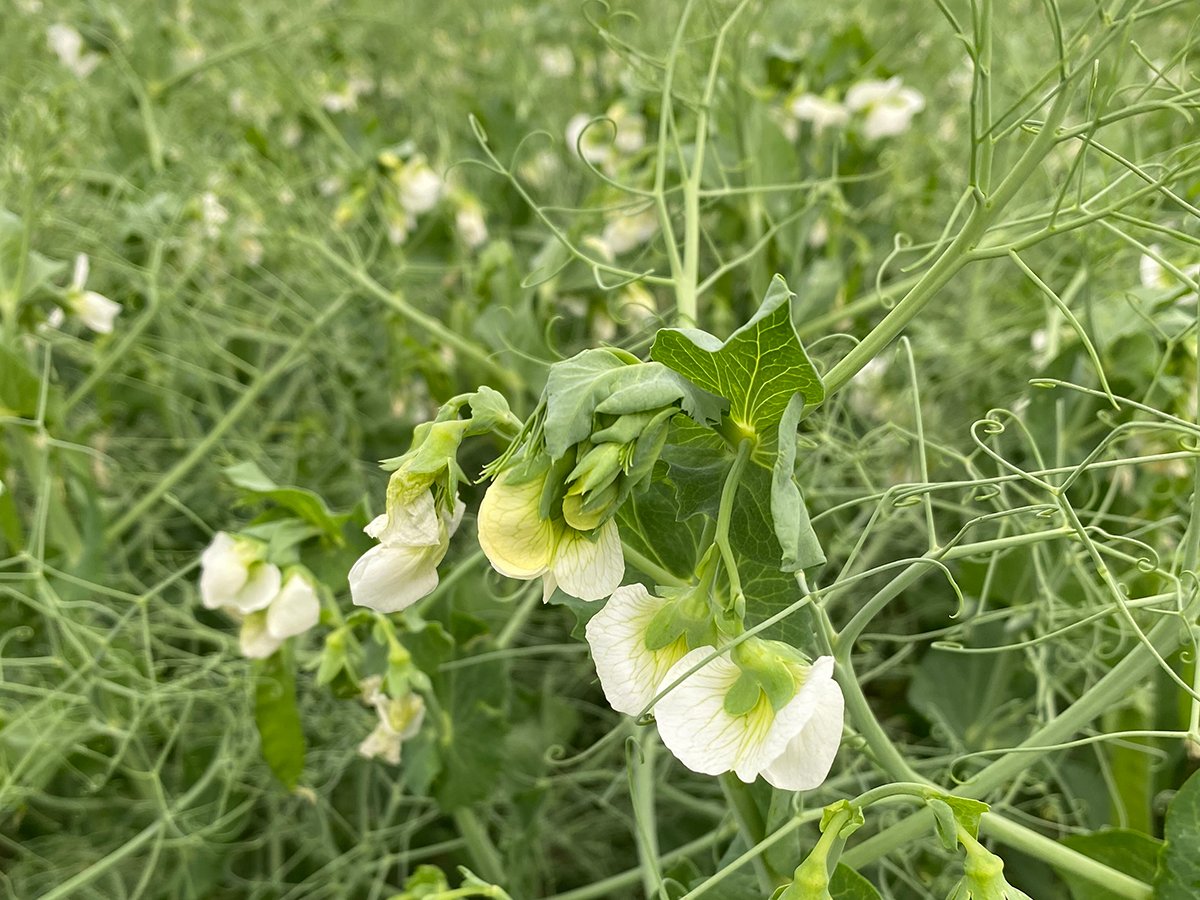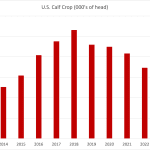Pulse traders aren’t buying reports of India’s bin-busting crop.
Earlier this month, India’s department of agriculture released its third advance estimate of the 2007-08 crop, pegging pulse production at a record 15.2 million tonnes, up one million tonnes from the previous year.
The estimated domestic requirement is 16.8 million tonnes, leaving a shortfall of 1.6 million tonnes for the coming year that would be made up through imports.
That compares to imports of 2.5 to three million tonnes for 2007-08, which would mean a huge drop in demand from the world’s largest pulse consuming nation.
Read Also

Pulse fractionation business expected to soon get a boost
Louis Dreyfus Company will soon be producing pea protein isolate at its new plant under construction in Yorkton
But the latest estimate needs to be taken with a spoonful of salt, says Shyam Venkatesan, a trader with Walker Seeds who manages the company’s markets in the Indian subcontinent.
“A lot of people are questioning it. It’s very surprising,” he said.
His Indian contacts believe the government’s 15.2 million tonne number is bloated. The winter harvest, which just wrapped up in April, was not good at all. Yellow pea production was down 50 percent and red lentil production fell 30 percent from last year’s levels.
“The winter crop was definitely down and the summer crop was just about average, so I would say in no way would the production be greater than last year,” said Venkatesan.
He expects the exaggerated numbers are due to India’s coming general elections, which begin in November.
“The government obviously wants to present a very good picture to the public.”
Venkatesan expects India will be in the market for another 2.5 to three million tonnes of pulses in 2008-09, which means another strong export program out of Canada, although he noted that the volume may be down somewhat due to Canada’s high pulse prices.
Venkatesan said Indian importers will buy as much as they can from neighbouring Myanmar where prices tend to be cheaper.
That appears to be the case judging from the United States Department of Agriculture’s most recent Foreign Agriculture Service report on Burma, also known as Myanmar.
“Burma exported 288,839 tonnes of beans and pulses in March 2008, an increase of 90 percent from the same period in 2007 due to increased demand from India,” the report said.
Exports for the first quarter of 2008 are up 72 percent over 2007 levels, again largely due to increased buying interest from India.
There has been concern that a cyclone that killed more than 43,000 people in Myanmar earlier this month would seriously disrupt the country’s pulse trade to India. The storm caused widespread damage to the country’s rice crop, according to the USDA.
But the president of India’s pulse importers association said there has been no damage to Myanmar’s pulse crops and that the only impact will be a 15 to 20 day delay in the arrival of imported pulses, which should have no major impact on prices, according to a story in The
Economic Times of India.















